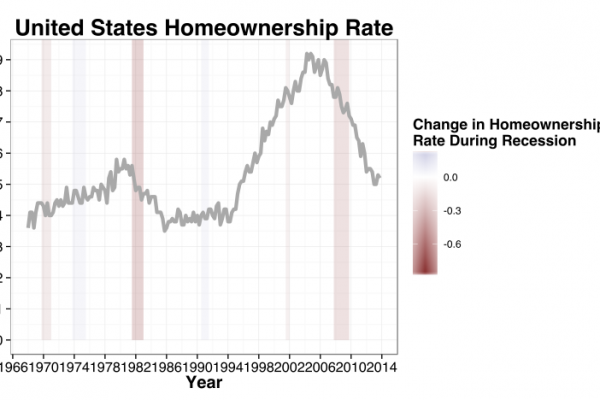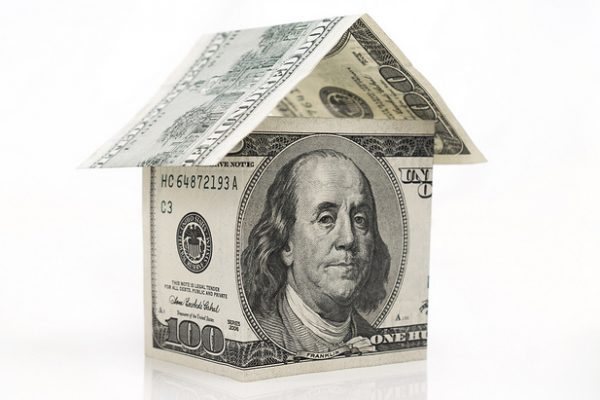By Kat DeLong
Are your monthly mortgage payments increasing due to an unconventional loan? Is a job loss or frequent medical bills making it impossible for you to pay your mortgage every month? If so, the first step is to take a deep breath and find out if you qualify for relief with the government’s Making Home Affordable Program.
As part of the stimulus plan, the program was introduced by President Obama on February 18, 2009 to help struggling borrowers keep their payments current and avoid foreclosure. There are two main parts to the Making Home Affordable Program: a modification program and a refinance program. Your circumstances will determine which part of the program is right for you, but let’s take a look at each.
Making Home Affordable Modification Program
The modification program offers lenders $75 billion in incentives to help borrowers pay current interest rates plus points and fees. If you can no longer afford your Are your monthly mortgage payments increasing due to an unconventional loan? Is a job loss or frequent medical bills making it impossible for you to pay your mortgage every month? If so, the first step is to take a deep breath and find out if you qualify for relief with the government’s Making Home Affordable Program.
As part of the stimulus plan, the program was introduced by President Obama on February 18, 2009 to help struggling borrowers keep their payments current and avoid foreclosure. There are two main parts to the Making Home Affordable Program: a modification program and a refinance program. Your circumstances will determine which part of the program is right for you, but let’s take a look at each. mortgage payments but can answer yes to the following questions, you may qualify for the Making Home Affordable Modification Program:
- Are you using the home as your primary residence?
- Do you owe less than $729,750 on the first mortgage?
- Have experienced a hardship that increased your expenses, an increase in your payments or a reduction in your income?
- Did you get your first mortgage on or before January 1, 2009?
- Do you have a first mortgage payment (including interest, taxes, insurance and homeowners association dues) that is more than 31% of your gross monthly income?
Making Home Affordable Refinance Program
The refinance program allows borrowers who owe more than their home is worth to refinance to market rates, but it may not be used for a cash-out refinance.
If you can answer yes to the following questions, you may be eligible for this program:
- Are you current on your payments, meaning that you have not been more than 30 days late on a payment in the last 12 months?
- Are you refinancing a building with 1-4 units?
- Do you have a loan guaranteed by Fannie Mae or Freddie Mac?
- Do you owe less than 125% of the current value of your home on the first mortgage?
If you think you qualify for one of these programs, contact your loan servicer immediately. In the meantime, gather your tax returns, income statements, mortgage statements, credit card balances, balances you carry on other debts and a hardship affidavit if you apply for the modification program.
Important Notes
- Applying for either of these two programs is free, so beware of anyone charging fees for modifications or refinancing under this plan.
- The government is scheduled to end both programs in June of 2010. If you think you qualify, act now!













